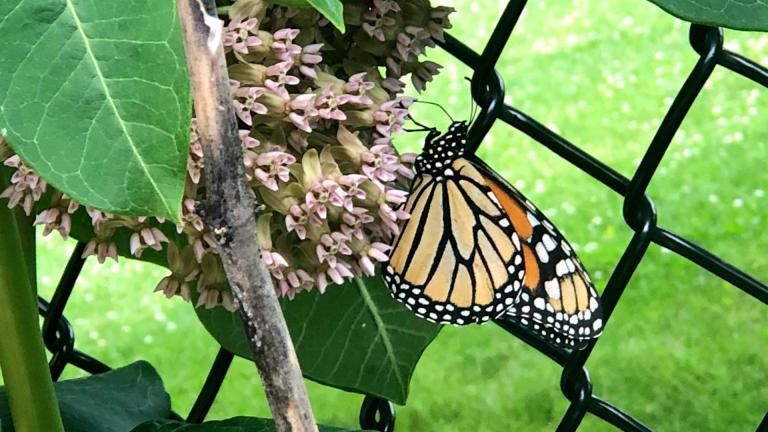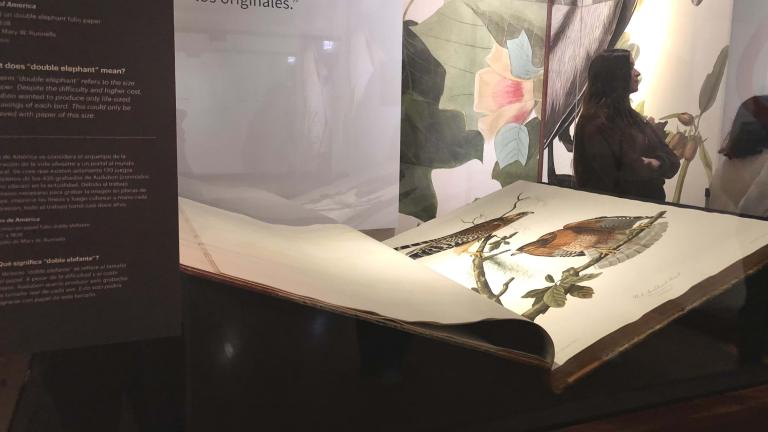TRANSCRIPT
Marc Vitali: When dinosaurs ruled the land, creatures like the plesiosaur thrived in the sea.
Through animation, models and fossil specimens, the Field Museum sheds light on the fascinating and the fierce.
Marie Georg, Field Museum of Natural History: So this exhibition is all about what’s happening under the seas during the time of the dinosaurs, so it’s featuring the marine reptiles that ruled the ocean, things like plesiosaurs, mosasaurs, ichthyosaurs and the other creatures around.
Vitali: The Loch Ness Monster of Scottish folklore was thought to be a surviving plesiosaur.
Georg: The plesiosaur is known for its really long neck. It’s kind of a cool feature because it used it to sneak up on things. The small head could get close before the rest of the large body appeared to the prey.
Vitali: The museum is the first U.S. stop for a show that came from across the sea.
Georg: All of the fossils are coming directly from the collections of the Natural History Museum in London, most of them from the UK, which is one of the best places in the world actually to find a lot of these marine reptile fossils.
The exhibition contains some really amazing CGI animations that can help you see what these creatures look like as they were swimming around, hunting, trying to avoid being hunted, but also many fossils, including fossils and replicas that visitors can touch.
Vitali: Touchable items thankfully do not include coprolites — the fossilized poo on display.
Georg: We have the entire ecosystem represented. Everything from the ferocious hunters, the apex predators, all the way down to the invertebrates and the little fish that they’re eating.
So you may see things like the ichthyosaurs that look a little familiar because they look like they have the shape of dolphins, but they’re actually not related at all. However the kinds of features that benefited the ichthyosaur also benefit the dolphin – the long snout, the ability to cut thru the water.
Vitali: Not every specimen hails from the Jurassic period. A shark tooth as big as your hand comes from the jaws of the megalodon – which was three times the size of a great white – but megalodon was not a Jurassic Shark.
Georg: The exhibition includes some sharks as well, ancient sharks like the megalodon that was the largest shark to ever live. It lived millions of years after the time of the marine reptiles but it sort of inherited the seas later on.
You can really dive in to see all the creatures of the past and imagine the world as it has been in the past.
The Jurassic oceans were full of life at every level of the ecosystem.
The Jurassic Oceans: Monsters of the Deep exhibition just opened at the Field Museum and runs through Sept. 5.








